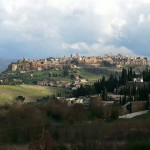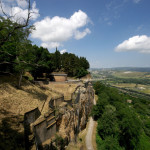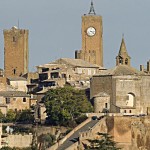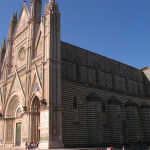La Città di Orvieto
The city of Orvieto, over 3000 years of history contained in one of the most beautiful characteristic towns of Italy. Once powerful Etruscan city, then papal, still offers visitors glimpses and unique attractions.
The underground of Orvieto
is crossed by a myriad of pipes and artificial spaces that were dug almost 3,000 years by the inhabitants of the Rock. Most of the more than 800 hypogean known (dati S.C.O.) consists of family cellars, that are now back in vogue in the wake of renewed desires of simplicity and genuine things.
If they are of small and immense, on several floors, with large rooms and tunnels by winding paths. Because of the overlap population, that in a city like Orvieto is inevitable, they have created links between involuntary cave systems once autonomous.
Below ground you can find the vestiges of a past that left little to the surface: the many medieval "throw" riddled underground.
First quarry building material, and then containers for all sorts of waste, they are for us an important source of historical and archaeological information (and investigated with modern scientific methods, as happened for the throw of Faina Palace). Another characteristic element of the underground Orvieto is the presence of numerous tanks. Given the chronic lack of sources on the plateau,
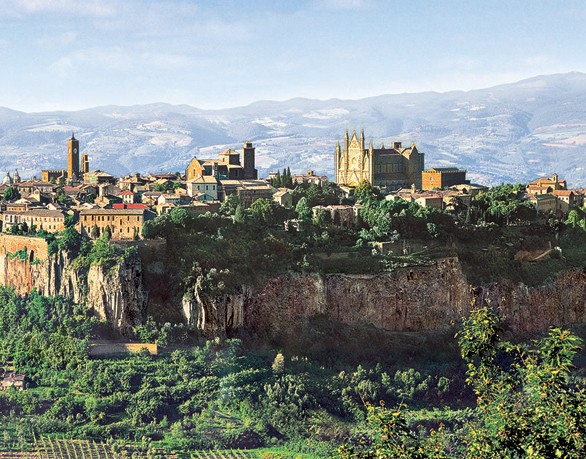
ORVIETO
The other face of Orvieto, the underground, offers situations full of millennial charm, alternate realities against the surface that do not arise, however, in contrast with the city, but rather a complement, enrich it. The inhabitants of Orvieto that have always been able to, or should, co-exist with the lesser known aspect of their rock, must now be prepared to reap the benefits that would result from the re-use of a heritage that is Orvieto, again, exclusive.

